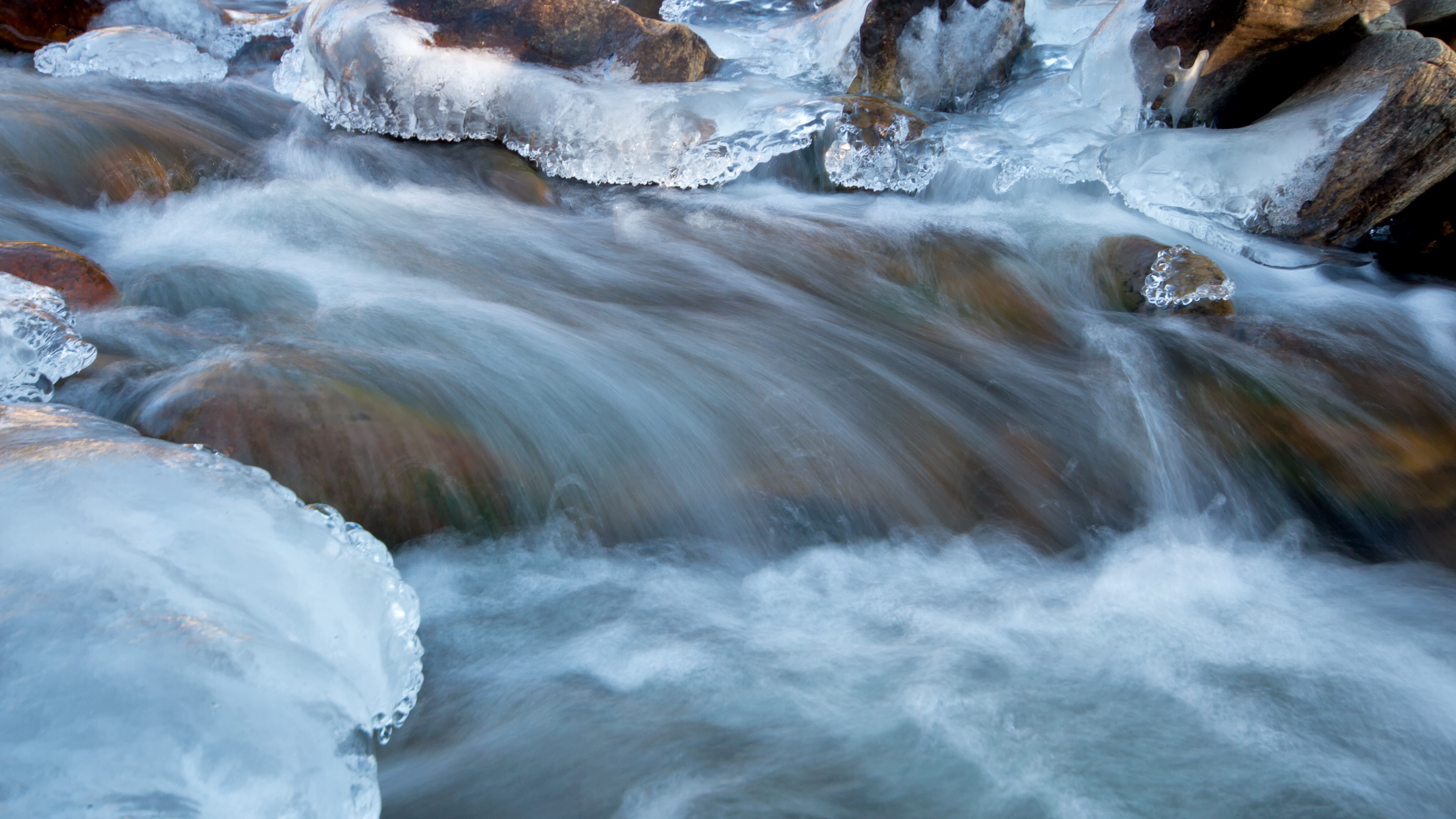Hiker found drowned after video on her cellphone captures her being swept away
Two hikers alerted the authorities after discovering the cell phone and viewing the video

The Pool is a swirling confluence where the Big Thompson River meets Fern Creek and Spruce Creek
(Image credit: RondaKimbrow)A hiker in Utah has been found dead after video captured on her cellphone appeared to show her being swept away by a fast-moving river.
According to a news release by Utah County Sheriff's Office, two men were hiking near Horsetail Falls when they discovered an unattended dog, a cellphone and other personal items. Concerned that someone may have fallen into the waters of Dry Creek, they examined the phone and discovered the video footage.
The hikers alerted the authorities at 3 p.m., and search and rescue teams deployed, finding the body of Springville resident Cynthia Ann Grimwood, 19, two hours later about 100 years downstream.
"The area where the victim was stuck in the water was full with heavy snowmelt runoff and conditions were treacherous. The steep rock walls around the area made it very difficult to access," reports UCSO.
The conditions in the area were so dangerous that teams decided to hold off on their recovery effort until Saturday morning.
On Sunday, a 12-year-old boy drowned in a nearby river. These cases highlight the dangers of entering fast-moving water, particularly during spring runoff. Swift-moving currents can be far more powerful than they appear, even in a stream that looks shallow. A California hiker who was swept away while attempting a river crossing in Angeles National Forest back in March has still not been recovered.

River safety
The safest option is to stay out of rivers altogether, especially in the spring when water levels are high. If you find yourself in a situation where you must cross a river, mountain rescue teams issue the following safety advice:
All the latest inspiration, tips and guides to help you plan your next Advnture!
- Cross in calmer sections, even if that means hiking up or downstream to find a better crossing.
- Avoid water that is higher than your knees. Deep water makes it easier to lose your balance or be swept off your feet.
- Logs, rocks, and other materials near water can be slick. Check the condition of the surface you plan to cross.
- Test stability of rocks or logs before moving (you can use your trekking poles).
- When crossing, face upstream to pinpoint where faster currents are flowing.
- Never cross above a waterfall or logjam.
Learn more in our article on how to cross a river safely – and when not to.
Julia Clarke is a staff writer for Advnture.com and the author of the book Restorative Yoga for Beginners. She loves to explore mountains on foot, bike, skis and belay and then recover on the the yoga mat. Julia graduated with a degree in journalism in 2004 and spent eight years working as a radio presenter in Kansas City, Vermont, Boston and New York City before discovering the joys of the Rocky Mountains. She then detoured west to Colorado and enjoyed 11 years teaching yoga in Vail before returning to her hometown of Glasgow, Scotland in 2020 to focus on family and writing.

